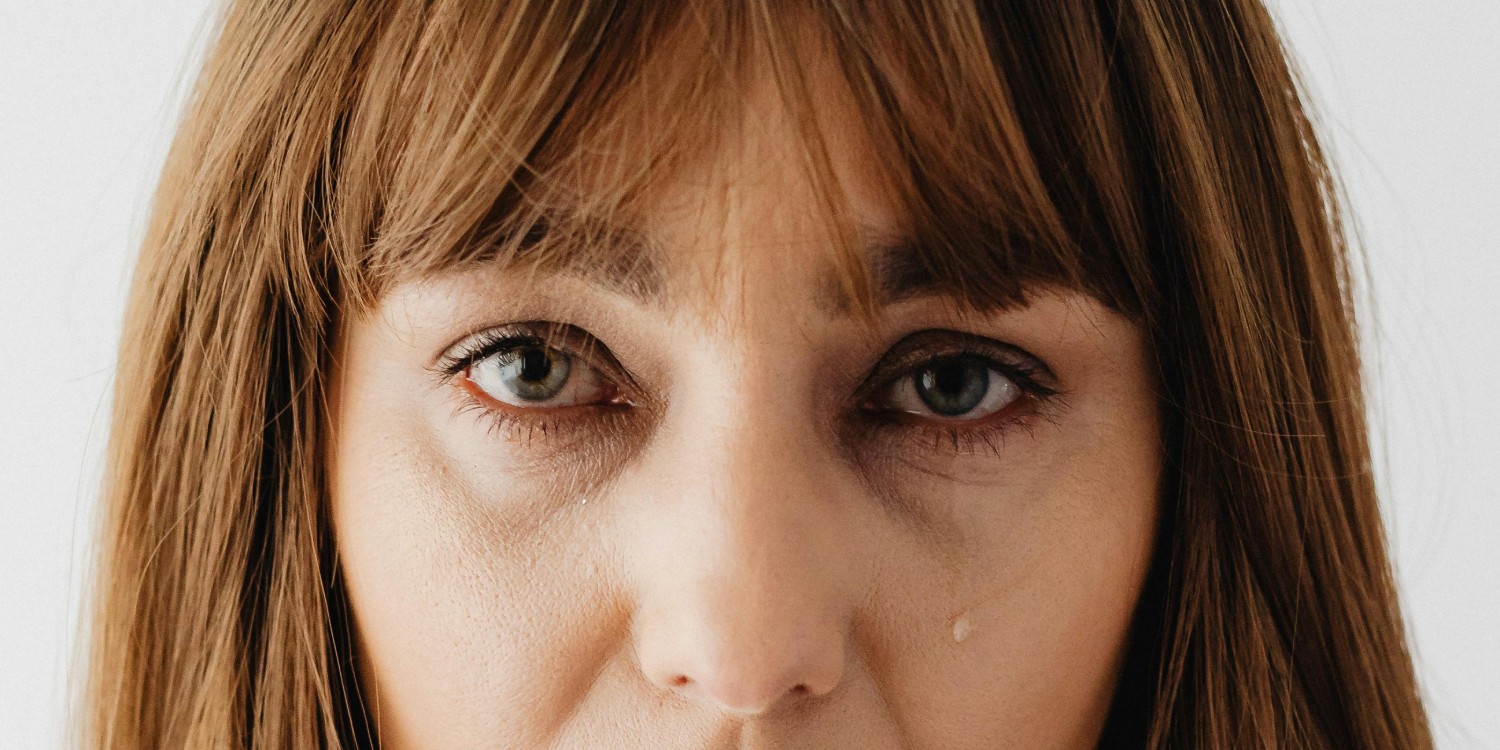
Photo from Karolina Kaboompics at Pexels
Dry eye is a chronical, rather frequent disease (it affects around 100 million people in the world), that may cause inconvenience or even injuries in the eye surface.
Tears have a key role in the development of this syndrome. If they are not produced in the appropriate quantity and quality, as well as if they evaporate a lot or there is an imbalance in their composition, the disease could develop. That is why, contrary to what some people believe, either a lack or an excess of tears can be linked with dry eye.
Different types of tears have different compositions and functions, but they all protect the eyes from infection, keep them moist, can nourish the epithelium (the outermost layer of the cornea) and remove debris. When they have fulfilled their function, they drain into the lacrimal system or evaporate.
Moreover, each component and each type of tear has a specific role. Thus, in order to remain adherent to the cornea, tears have a mucus layer, which is combined with a watery layer and an oily layer, the latter with the purpose of preventing tear evaporation.
By tear type, basal tears (those found permanently on the ocular surface), lubricate and nourish the eye, while providing a protective barrier for the cornea. Reflex tears appear to protect the eyes from irritants such as smoke or a foreign body.
Finally, emotional tears (caused by sadness, happiness…) are caused by factors related to emotions and interpersonal communication. They do not have the function of protecting the eye and their composition is slightly different, as they contain proteins and hormones that are not found in other types of tears.
The most frequent origin of poor tear quality and the appearance of dry eye is a poor function of the Meibomian glands, responsible for secreting lipids that serve to moisturize the eyes and prevent tears from evaporating.
This condition can be caused by different factors, but some of the most common are age (it is more common among women over 50), pollution, prolonged use of contact lenses, regular exposure to air-conditioned environments, certain systemic or autoimmune diseases, a deficiency of vitamin A or omega 3 and the intake of certain medications (anxiolytics, antihistamines, diuretics, etc.).
Some measures for an adequate production and perfrormance of quality tears can be taken. These tips ayudan a alleviate and/or prevent dry eye symptoms:
If the dry eye appears in spite of all of that, it can be treated in many different ways, depending on the cause of the disease and the patient’s state.
Treatments can be from lubricating or anti-inflammatory eye drops to intense pulsed light therapy (IPL), one of the most innovative options. It will always be necessary to ask the specialist in cornea or dry eye, who will examine each case in detail and will recommend the most suitable treatment.

Contact us or request an appointment with our medical team.